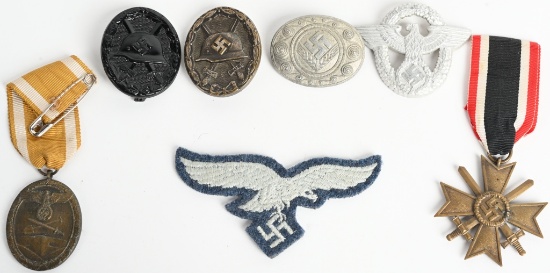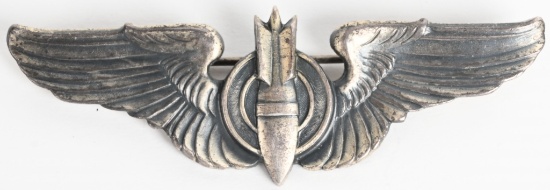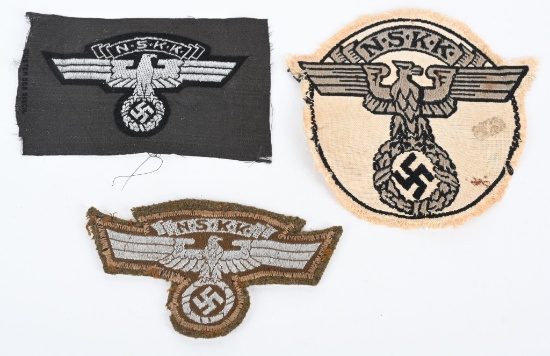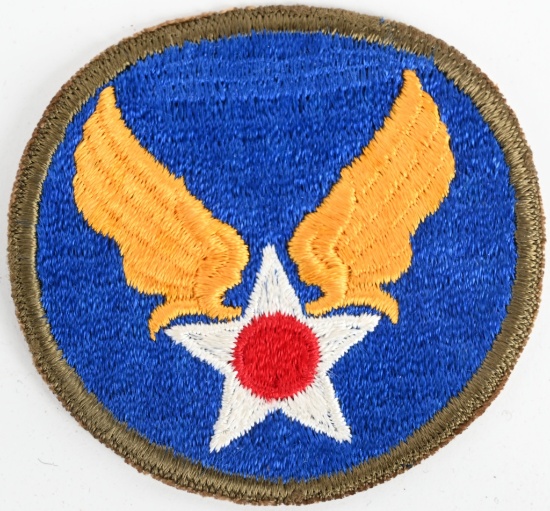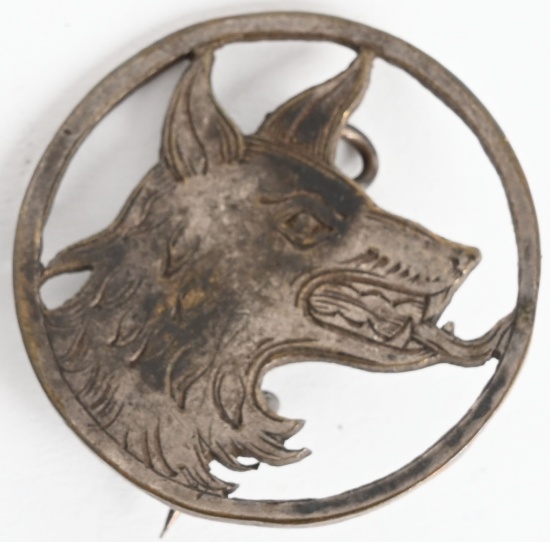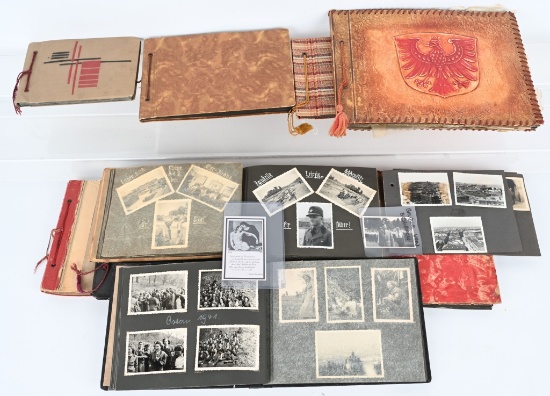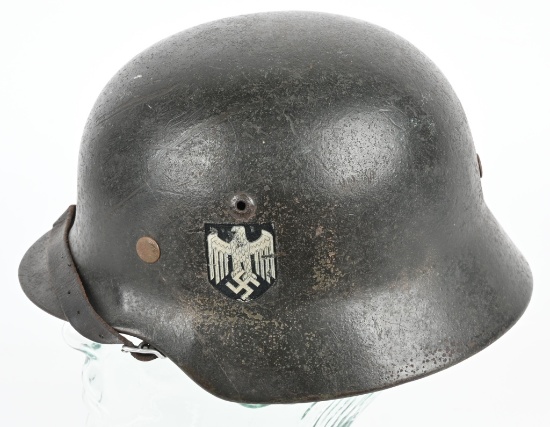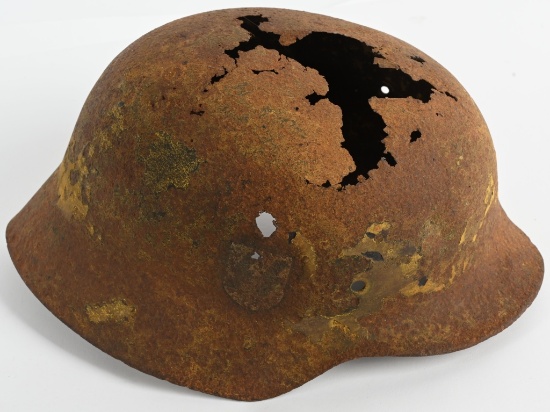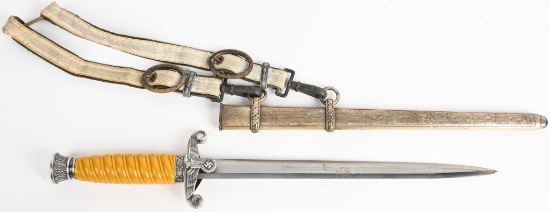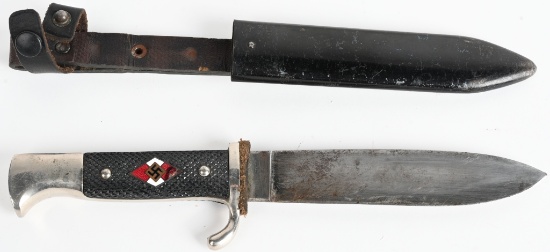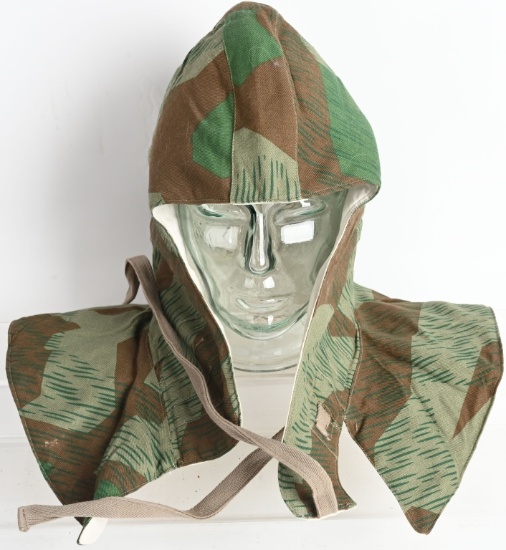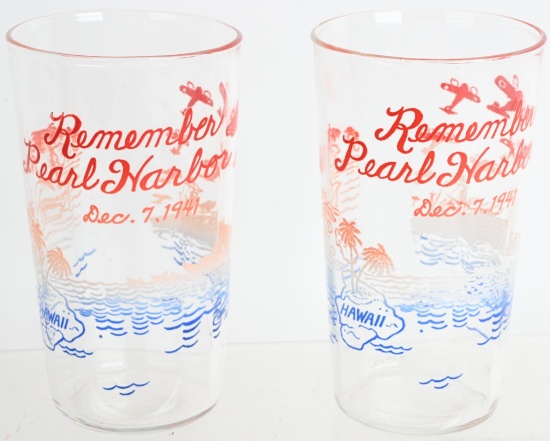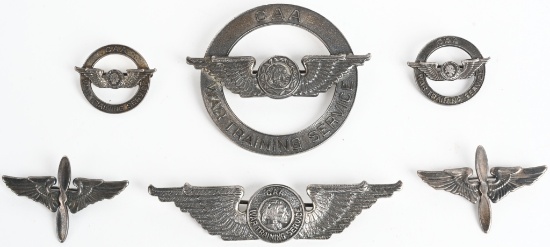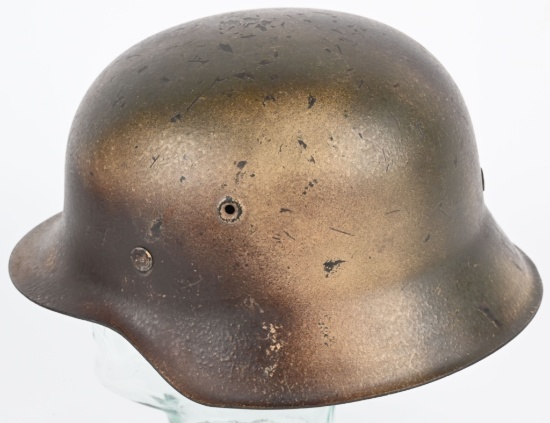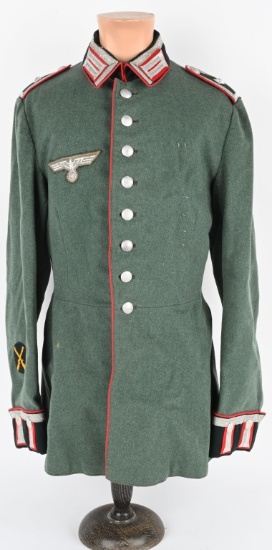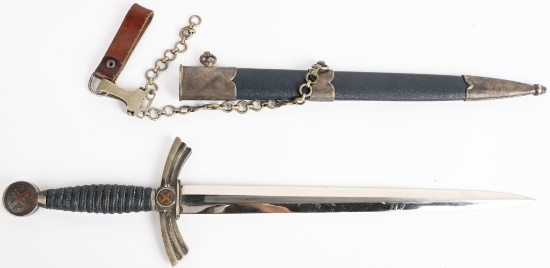
DISCOVERY MILITARIA & EDGED WEAPONS AUCTION

DISCOVERY MILITARIA & EDGED WEAPONS AUCTION
See Special Terms for additional fees
Cash Payment Discount: 3%
Description
PROUDLY PRESENTS
DISCOVERY MILITARIA & EDGED WEAPON AUCTION
OVER 850 LOTS OF MILITARIA FROM THE 19TH TO THE 20TH CENTURY. CIVIL WAR IMAGES, CONFEDERATE OATH of OFFICE PAROLE, CIVIL WAR PATRIOTIC ENVELOPES, UNIT HISTORY, ARTILLERY ITEMS, BULLETS and MORE; WW1 and WW2 US GROUPINGS, EDGED WEAPONS, HELMETS, MEDALS, FLAGS, UNIFORMS, INSIGNIA, ARMY AIRCORP A-26 INVADER GUN SIGHT, NORDEN BOMB SIGHT M98 SIGHTHEAD, LARGE SELECTION of PATRIOTIC POSTERS and MORE; 35 PLUS LOTS of IMPERIAL GERMAN REVERVIST PIPES, PILOT OBSERVERS BADGE, HEAD GEAR, EDGED WEAPONS, MEDALS and MORE; 300 PLUS LOTS of WW2 NAZI GERMAN ITEMS INCLUDING BADGES, MEDALS, INSIGNIA, HELMETS, WAFFEN M34 DOUBLE DECAL HELMET, NSKK RED CROSS HELMET, SA STURMBANN I/28 FOOTBALL TROPHY, FLAGS, UNIFORMS, HEER PANZER EM'S BLACK PANZER WRAP TUNIC, SWORDS, SS OFFICER AND NCO SWORDS, DAGGERS, SA M33 PRESENTATION DAGGER, BAYONETS, ACCOUTREMENTS, and MUCH MUCH MORE!; 50 PLUS JAPANESE ITEMS INCLUDING UNIFORMS, HEAD GEAR, FLAGS, MEDALS, BADGES, PHOTO ALBUMS and MORE. 30 PLUS ... Show more Show Less
Cash Payment Discount: 3%
Participation Requirements: Valid Credit Card required for bidding approval
Payment Options: Visa, MasterCard, Discover, American Express, Check, Money Order, and Wire Transfer
Visa MasterCard Discover American Express
Payment Instructions: SALES TAX All buyers will pay applicable state sales tax. Sales tax is require if mandated by the state you reside in for all internet sales and will be added to your invoice. If buyer provides a current state exemption form there will be no sales tax added. PAYMENT All merchandise must be paid in full within ten (10) days of the date of the sale. Purchases totaling $20,000 or more must be paid within three (3) days of the date of the sale. Call 440-527-8060 to pay your invoice by phone or mail payment to: 38198 Willoughby Parkway, Willoughby Ohio, 44094. Absentee bids placed through www.milestoneauctions.com and Proxibid.com will be auto charged to the credit card entered 48 hours after the end of the sale. If you wish to pay by another method please contact us within 48 hours after the sale. We accept Visa, MasterCard, Discover, personal checks/ certified checks, wire transfer, money orders, and cash. CREDIT CARD - For first time buyers and credit card charges greater than $2,500.00 buyers must complete the bottom portion of the invoice and must specifically sign the acknowledgement of our terms of sale before we will accept payment via credit card. We do offer the convenience of paying automatically by credit card. If you wish have your card automatically charged for all purchases please complete our Authorization for Automatic Credit Card Use. We have this form available upon request. Split payments are subject to a 23% buyer premium if a credit card is used as any form of total payment. CHECK - There will be a $30.00 service charge for returned checks. Make checks payable to: Milestone Auctions LLC. Milestone Auctions reserves the right to hold items paid for by personal or company check until said check clears (14 days). Milestone Auctions has the right to hold all checks over $2,000.00. Customers who have an established successful buying In the few situations where a successful bidder does not remit payment when due, Milestone Auctions will proceed with the legal steps necessary to protect its interests and will block the bidder from future auction participation.
Currency Type: USD
Shipping Instructions: Please see our terms and conditions.
Preview Date & Times: Items are available for preview 7 days prior to the sale by appointment. Auction day preview is April 17th at 8AM.
Checkout Date & Times: Please contact the auction company for checkout dates & times.
Location: 38198 Willoughby Parkway, Willoughby , OH 44094
Driving Directions:

By clicking "Confirm Buy" you are agreeing to the terms of the sale. Instant Purchase items may have additional fees such as an Internet Premium, Sales Tax, Shipping or other fees not included in the Instant Purchase price. Please see Auction Information for full details.
Payment Type:
WWII NAZI GERMAN MEDAL LOT & INSIGNIA HEER LUFT
Lot # 197 (Sale Order: 201 of 874)
WWII NAZI GERMAN MEDAL LOT POLICE HEER SA DRL WW2
Lot # 198 (Sale Order: 202 of 874)
WWII US ARMY AIR CORPS A-26 INVADER GUN SIGHT B-26
Lot # 198a (Sale Order: 203 of 874)
WWII US ARMY AIR CORPS GLIDER PILOT WINGS STERLING
Lot # 199 (Sale Order: 204 of 874)
WWII US ARMY AIR CORPS BOMBARDIER 3 INCH WINGS WW2
Lot # 200 (Sale Order: 205 of 874)
WWII US ARMY AIR CORPS FLIGHT ENGINEER WINGS WW2
Lot # 201 (Sale Order: 206 of 874)
WWII US ARMY PARATROOPER JUMP QUALIFICATION WINGS
Lot # 202 (Sale Order: 207 of 874)
WWII GERMAN SS MUSICIANS SWALLOW NEST W RZM TAG
Lot # 203 (Sale Order: 208 of 874)
WWII NAZI GERMAN NSKK INSIGNIA LOT SLEEVE EAGLES
Lot # 204 (Sale Order: 209 of 874)
WWII US ARMY AIR CORPS OD BORDER PATCH WW2
Lot # 205 (Sale Order: 210 of 874)
WWII NAZI GERMAN KRIEGSMARINE U-BOAT U-509 BADGE
Lot # 206 (Sale Order: 211 of 874)
WWII NAZI GERMAN PHOTO ALBUM LOT HJ RAD KDF WW2
Lot # 207 (Sale Order: 212 of 874)
WWII NAZI GERMAN M35 DD HEER HELMET W LINER WW2
Lot # 208 (Sale Order: 213 of 874)
WWII NAZI GERMAN WAFFEN SS SINGLE DECAL DUG HELMET
Lot # 209 (Sale Order: 214 of 874)
WWII NAZI GERMAN WEHRMACHT PARTS DAGGER W HANGERS
Lot # 210 (Sale Order: 215 of 874)
WWII NAZI GERMAN KRIEGSMARINE DAGGER W PORTEPEE
Lot # 211 (Sale Order: 216 of 874)
WWII NAZI GERMAN HITLER YOUTH DAGGER KNIFE M7/68
Lot # 212 (Sale Order: 217 of 874)
WWII NAZI SPLINTER PATTERN CAMOUFLAGE WINTER HOOD
Lot # 213 (Sale Order: 218 of 874)
WWII US PATRIOTIC REMEMBER PEARL HARBOR GLASSES
Lot # 214 (Sale Order: 219 of 874)
CAA PILOT WAR TRAINING SERVICE WINGS & INSIGNIA
Lot # 215 (Sale Order: 220 of 874)
WWII NAZI GERMAN M42 CAMOUFLAGED COMBAT HELMET
Lot # 216 (Sale Order: 221 of 874)
WWII NAZI HEER ARTILLERY FELDWEBEL M35 DRESS TUNIC
Lot # 217 (Sale Order: 222 of 874)
WWII NAZI GERMAN LUFTWAFFE OFFICERS DAGGER WW2
Lot # 218 (Sale Order: 223 of 874)
WWII NAZI GERMAN SA OFFICER DAGGER M7/94 WW2
Lot # 219 (Sale Order: 224 of 874)
WWII NAZI GERMAN LUFTWAFFE DAGGER BY SMF WW2
Lot # 220 (Sale Order: 225 of 874)
| Bid Range | Increment |
| $0.00 - $299.99 | $10.00 |
| $300.00 - $999.99 | $25.00 |
| $1,000.00 - $1,999.99 | $50.00 |
| $2,000.00 - $4,999.99 | $100.00 |
| $5,000.00 - $9,999.99 | $250.00 |
| $10,000.00 - $24,999.99 | $500.00 |
| $25,000.00 - $49,999.99 | $1,000.00 |
| $50,000.00 - $99,999.99 | $2,500.00 |
| $100,000.00+ | $5,000.00 |

 x Cancel
x Cancel